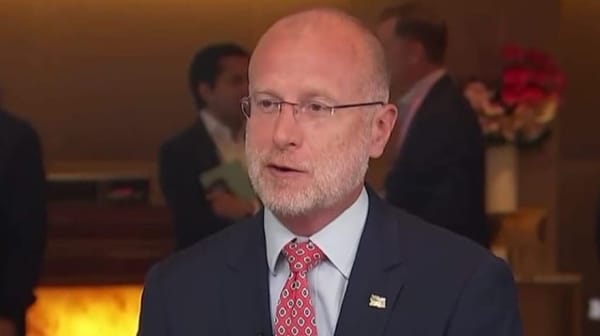NARUC Tells Feds: To Get BTOP Back on Track, Let States Lead
WASHINGTON, May 29, 2009 – The Broadband Technology Opportunity Program can be put back on a faster schedule if state governments are used as a main points of contact for grant applicants, National Association of Regulatory Utilities Commissioners president Fred Butler of New Jersey and Communicatio
WASHINGTON, May 29, 2009 – The Broadband Technology Opportunity Program can be put back on a faster schedule if state governments are used as a main points of contact for grant applicants, National Association of Regulatory Utilities Commissioners president Fred Butler of New Jersey and Communications Committee chairman Roy Baum of Oregon said Friday.
In a strongly-worded letter to Secretary of Commerce Gary Locke, Secretary of Agriculture Tom Vilsack, and a host of other NTIA and RUS officials, including RUS Administrator-Designate and FCC Commissioner Jonathan Adelstein (D) and NTIA Administrator-Designate Larry Stricking.
The letter strongly reiterated NARUC’s previously stated position, under which states would play a leading role in the screening process for grant appllicants.
The NARUC letter comes in response to the Obama administration’s announcement last week of timelines for grant distribution that were later than expected. NARUC’s approach will work faster, the group said: “Proceeding [with states in the lead] is likely to better position [NTIA and RUS] to release the funds months before the end of the year.”
NARUC reccomended each state that “opt-in” to the BTOP program recieve at least of $36 million in grants, with possible supplemental funding of approximately $15 million. But states would have to obey a“use or lose” system, by which it would risk losing funds without sufficient numbers of applicants, or if the state fails to properly screen applicants. Any funds reclaimed from non-compliant states could be rolled into an additional Notice of Funds Availability.
The $350 million available for broadband mapping should be used to fund programs which obtain more granular data than currently available under federal reporting requirements, the letter suggested. NTIA’s role would be to provide a model template for state mapping reports that “assures states can provide and audit detailed data,” and that companies be required to provide detailed data to any public agency requesting it.
There is “no perfect process” for evaluation of grants, the letter admits. But compared to “Washington, DC consultants,” NARUC’s letter strongly contents that states have “intimate knowledge of their communications, economic enviroment, geography, and demographics” that would allow grant funds to be targeted where they are most needed to stimulate the economy.










Member discussion